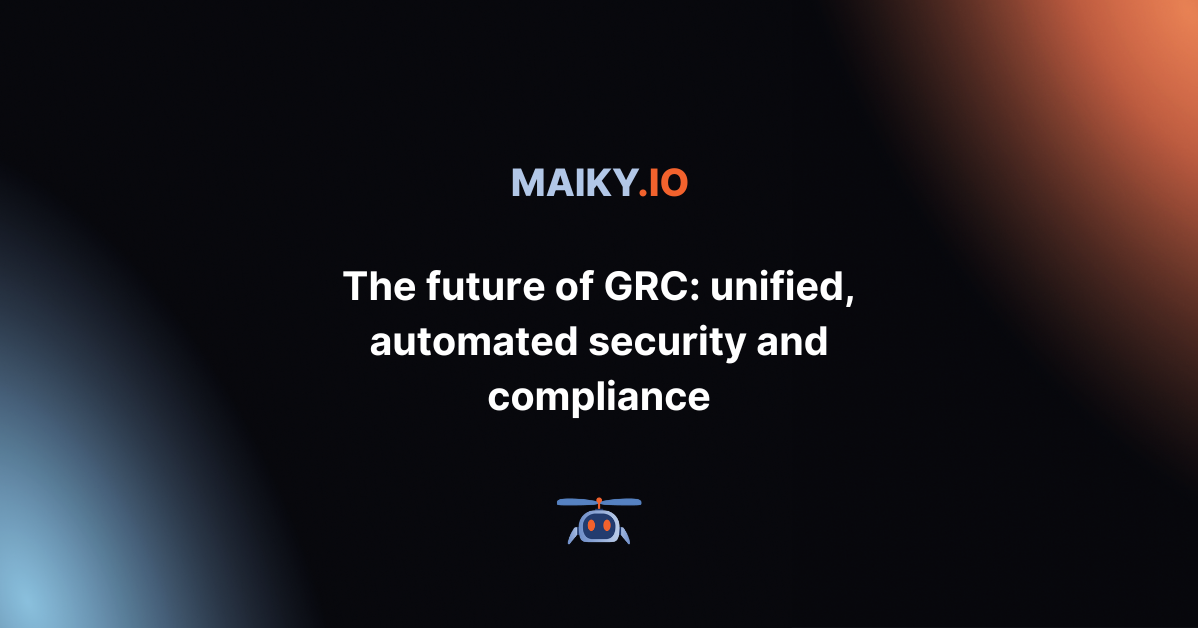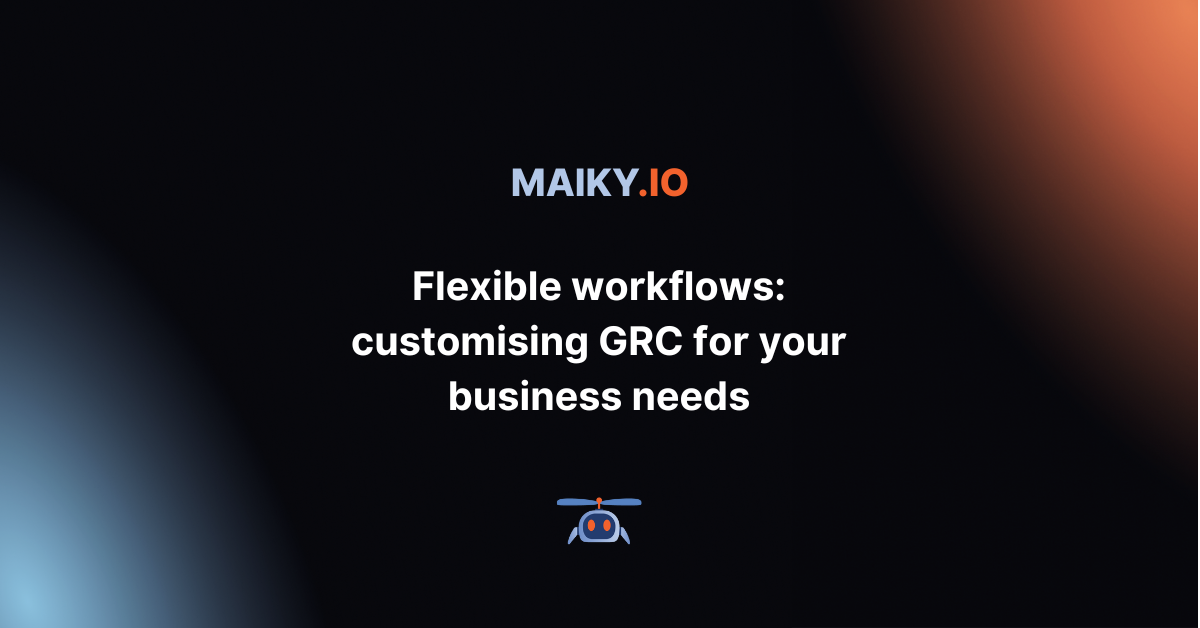The hidden costs of manual compliance
Compliance audits have a reputation: time-consuming, stressful, and disruptive. Security and compliance teams often spend weeks chasing documents, validating spreadsheets, and preparing reports for auditors. Meanwhile, the business slows down as teams across departments scramble to provide proof of control effectiveness.
In today’s regulatory environment, from NIS2 in the EU to ISO 27001 globally, this approach is no longer sustainable. Manual evidence collection drains resources, increases the risk of human error, and often leaves organisations scrambling at the last minute.
The good news? With automation, compliance can shift from a painful annual project to a continuous, transparent, and predictable process. By embedding evidence collection into daily operations, organisations can move from reactive compliance to continuous assurance.
Why manual compliance creates bottlenecks
CISOs and compliance leaders know that preparing for an audit often feels like reinventing the wheel. The challenges are familiar and recurring:
-
Chasing down documents → evidence often lives in multiple systems, across departments, or relies on individual owners. Gathering it manually is time-consuming, error-prone, and depends heavily on human follow-through.
-
Role ambiguity → without clearly defined responsibilities, key evidence is missed or duplicated. Teams lose time clarifying ownership instead of focusing on risk reduction.
-
Static, outdated data → by the time evidence is assembled in spreadsheets, it may already be outdated. Auditors are left questioning its accuracy.
-
Audit-day stress → because data is not collected continuously, teams scramble to build a narrative for auditors, introducing errors under pressure.
The impact is more than operational. Manual compliance breeds low confidence at the leadership level, frustrates staff, and can damage credibility with auditors and regulators.
The high cost of manual compliance
It is not just about time. Manual evidence collection has hidden costs:-
Lost productivity → security professionals spend days collecting screenshots and reports instead of focusing on strategy.
-
Delayed projects → business initiatives can stall as resources are diverted to audit preparation.
-
Increase audit risk → gaps, inconsistencies, and outdated evidence raise red flags with auditors, potentially leading to findings or penalties.
-
Team burnout → repeatedly going through chaotic audit preparation damages morale and makes compliance feel like a burden, not a safeguard.
CISOs increasingly push for change because they see the pattern: every year, the process gets harder as regulatory expectations grow.
Automation as a compliance multiplier
Automation transforms compliance from an annual firefight into a continuous readiness state. Instead of chasing evidence reactively, organisations collect, validate, and organise it automatically.Here is how automation makes a difference:
- Automated evidence collection → compliance data is pulled directly from systems, applications, and cloud services. No more screenshotting dashboards or manually exporting logs.
- Built-in data validation → evidence is automatically checked for completeness and accuracy, reducing the risks of gaps and misconfigurations.
- Role-based access → responsibilities for controls and evidence are clearly defined, ensuring accountability and reducing duplication.
- Audit-ready reporting → instead of scrambling, organisations generate auditor-ready reports with a few clicks, backed by live data.
This not only reduces audit preparation time dramatically but also improves confidence, both internally and externally, that compliance is accurate and trustworthy. It also provides leadership with continuous visibility.
Automating Risk Management:
From Spreadsheets To Real-Time Oversight
Maiky in Action: compliance made simple
We designed Maiky to make compliance oversight practical, efficient, and audit-ready. With Maiky, organisations can:- Automate evidence collection → pull control data directly from systems, ensuring accuracy and reducing manual effort.
-
Use compliance dashboards → gain a live view of coverage, gaps, and how evidence maps to frameworks such as NIS2 or ISO 27001.
-
Generate audit-ready reports → export clean, validated evidence packages for auditors in minutes, not weeks.
-
Ensure accountability → role-based access and workflows ensure every control and task has a clear owner.
By reducing manual workload, Maiky turns compliance into a day-to-day process that strengthens both operational security and audit readiness.
Real-world example: continuous vs annual preparation
Consider a mid-size SaaS provider preparing for ISO 27001 certification. Under a manual model, they spend six weeks annually pulling logs, screenshots, and policy documents from across the company. Evidence lives in emails, shared drives, and spreadsheets, resulting in inconsistencies and late nights before audit day.
With automation in place, evidence is gathered continuously, validated against requirements, and stored centrally. When the audit begins, the organisation generates a report with one click. The audit itself becomes a review of real-time data rather than a scramble to recreate the past.
The difference? Weeks saved, stronger auditor confidence, and happier teams.
From stressful audits to continuous assurance
The real shift is not just about saving time, it’s about confidence and trust. With automated compliance:-
Auditors trust the process → evidence is traceable, consistent, and tied directly to systems of record.
-
Leadership gains assurance → compliance is a living, ongoing process, not a once-a-year event.
-
Teams gain capacity → less time wasted on administrative tasks means more time for strategy and risk reduction.
This approach transforms compliance from a painful obligation into a driver of business resilience and trust.
The future of compliance: transparent and automated
As regulatory expectations expand, compliance will increasingly need to be:-
Continuous = data collected daily, not yearly.
-
Automed = evidence gathered directly from systems to reduce error and effort.
-
Role-driven = responsibilities clearly defined with built-in accountability.
-
Audit-ready at all times = reports generated instantly with traceable, validated data.
For CISOs, this is not just about operational efficiency. Continuous compliance means the business can scale confidently, expand globally, and respond to audits without disruption.
The Future Of GRC:
Unified, Automated Security And Compliance
Key Takeaways
-
Manual evidence collection is time-consuming, error-prone, and a growing liability.
-
Hidden costs include lost productivity, delayed projects, increased audit risk, and staff burnout.
-
Automated compliance tracking reduces audit stress, improves accuracy, and ensures continuous readiness at all times.
-
Features like role-based access, built-in validation, and audit-ready reporting transform compliance into an ongoing, proactive process.
-
With Maiky, organisations gain automated evidence collection, compliance dashboards, and one-click audit preparation.
-
The future of compliance is continuous, transparent, and automated, building trust with auditors, leadership, and customers alike.



